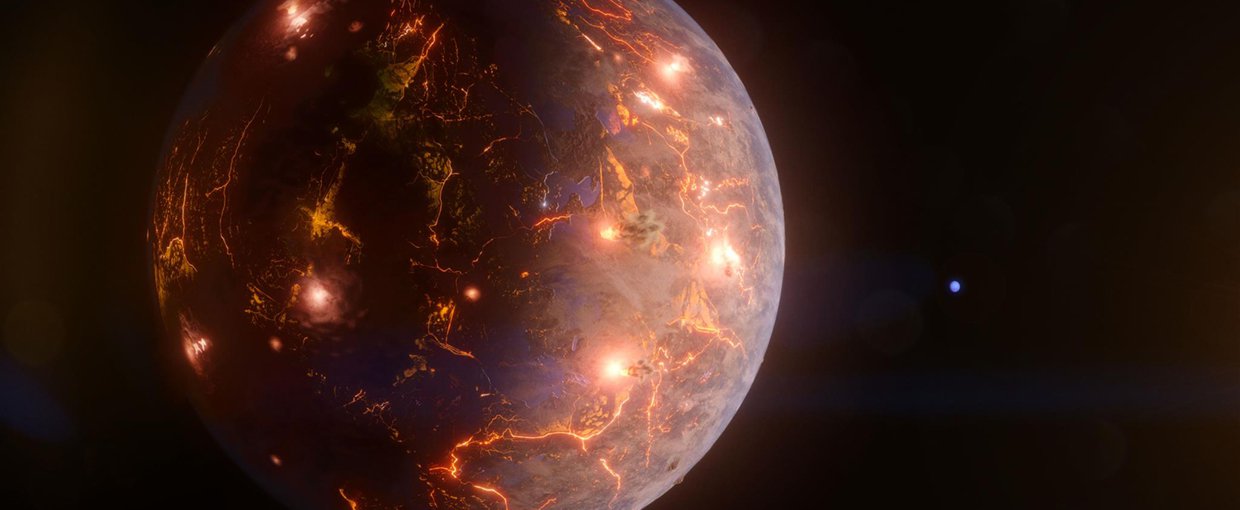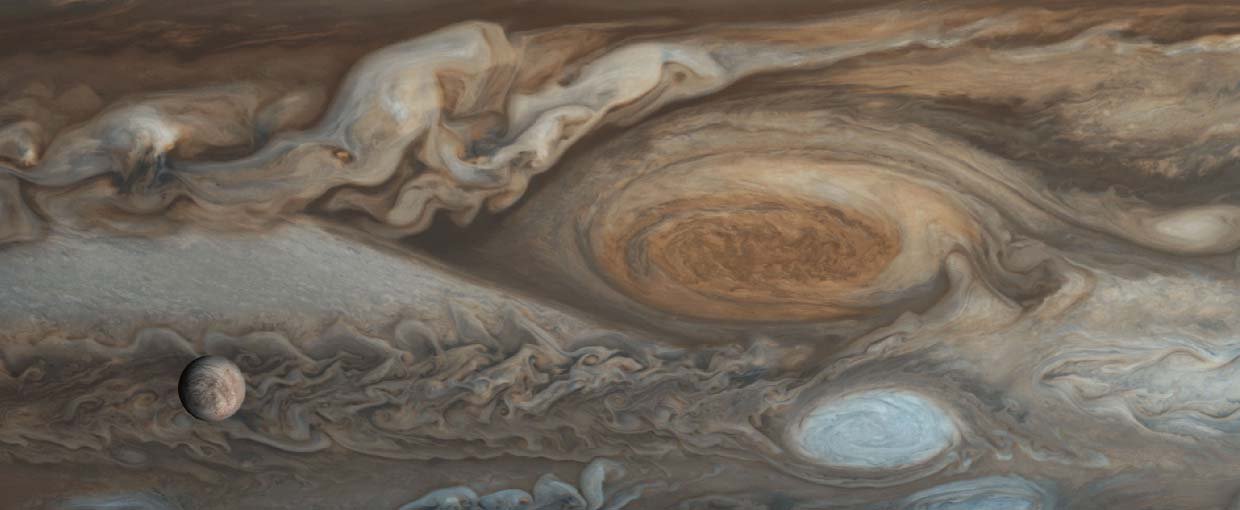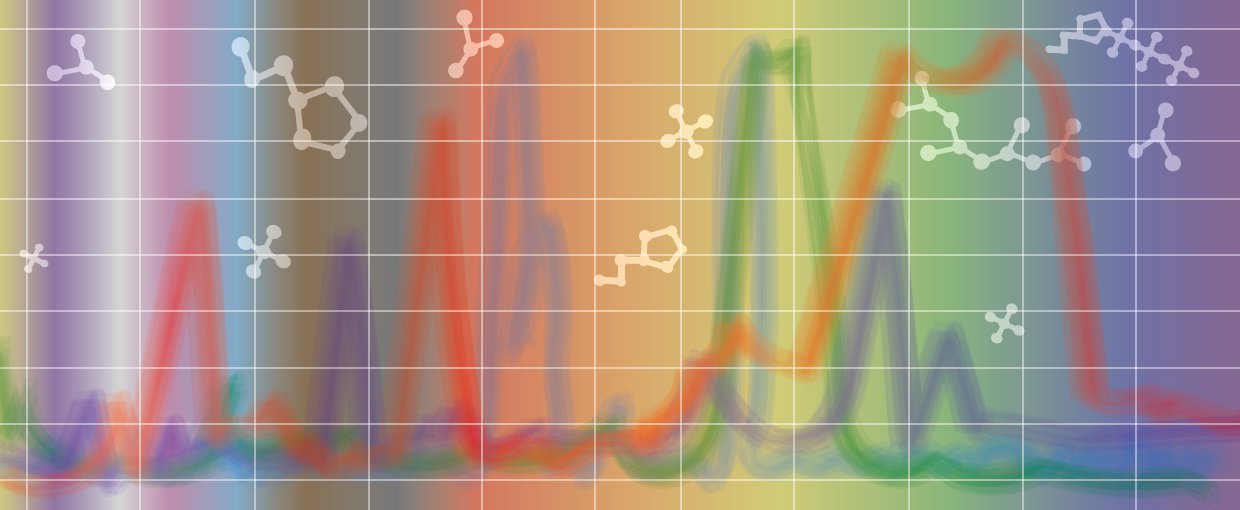Wagner, K., Apai, D., & Kratter, K. M. (2019). On the Mass Function, Multiplicity, and Origins of Wide-orbit Giant Planets. The Astrophysical Journal, 877(1), 46. doi:10.3847/1538-4357/ab1904
Cleland, C. E. (2019). Moving Beyond Definitions in the Search for Extraterrestrial Life. Astrobiology. doi:10.1089/ast.2018.1980
Shahar, A., Driscoll, P., Weinberger, A., & Cody, G. (2019). What makes a planet habitable? Science, 364(6439), 434–435. doi:10.1126/science.aaw4326
Tang, Q., Hu, J., Xie, G., Yuan, X., Wan, B., Zhou, C., … Xiao, S. (2019). A problematic animal fossil from the early Cambrian Hetang Formation, South China. Journal of Paleontology, None, 1–11. doi:10.1017/jpa.2019.26
Brasser, R., Barr, A. C., & Dobos, V. (2019). The tidal parameters of TRAPPIST-1 b and c. Monthly Notices of the Royal Astronomical Society. doi:10.1093/mnras/stz1231
Sholes, S. F., Krissansen-Totton, J., & Catling, D. C. (2019). A Maximum Subsurface Biomass on Mars from Untapped Free Energy: CO and H2 as Potential Antibiosignatures. Astrobiology, 19(5), 655–668. doi:10.1089/ast.2018.1835
Pasek, M. (2019). A role for phosphorus redox in emerging and modern biochemistry. Current Opinion in Chemical Biology, 49, 53–58. doi:10.1016/j.cbpa.2018.09.018
Merino, N., Aronson, H. S., Bojanova, D. P., Feyhl-Buska, J., Wong, M. L., Zhang, S., & Giovannelli, D. (2019). Living at the Extremes: Extremophiles and the Limits of Life in a Planetary Context. Frontiers in Microbiology, 10, None. doi:10.3389/fmicb.2019.00780
Day, J. M. D., Corder, C. A., Assayag, N., & Cartigny, P. (2019). Ferrous oxide-rich asteroid achondrites. Geochimica et Cosmochimica Acta. doi:10.1016/j.gca.2019.04.005
Barry, P. H., De Moor, J. M., Giovannelli, D., Schrenk, M., Hummer, D. R., Lopez, T., … Lloyd, K. G. (2019). Forearc carbon sink reduces long-term volatile recycling into the mantle. Nature, 568(7753), 487–492. doi:10.1038/s41586-019-1131-5



